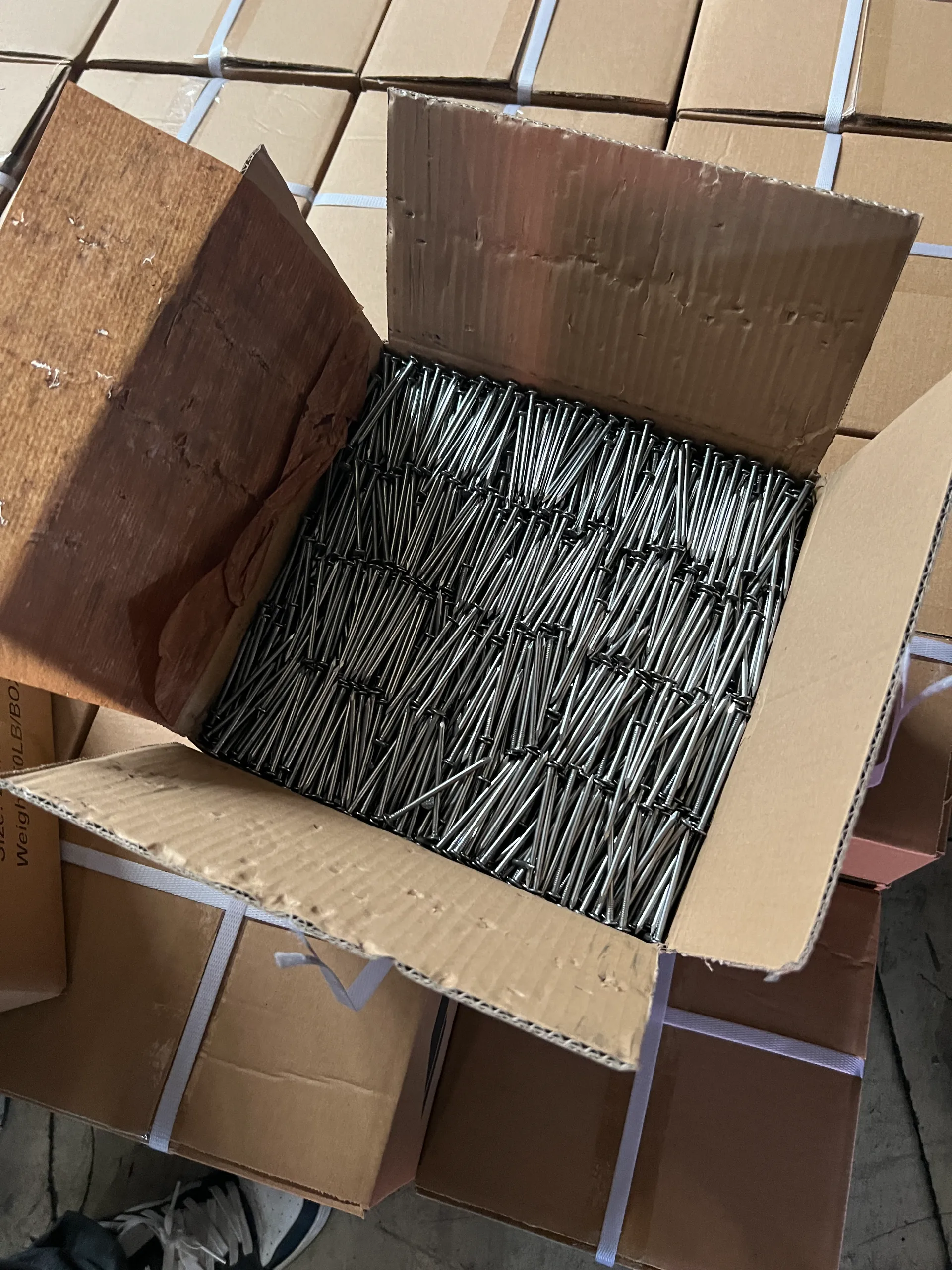The Role of Iron Nails in Green Construction and Eco-Friendly Building Practices
Green construction is transforming the way buildings are designed, constructed, and maintained, emphasizing sustainability and environmental responsibility. Iron nails, often overlooked as simple fasteners, play an essential role in this shift. Their durability, recyclability, and adaptability make them a crucial component in eco-friendly building practices, aligning with the goals of reducing waste and conserving resources.

Iron Nails and Sustainability in Construction
Iron wire nail stand out for their sustainability, particularly when compared to alternatives made from non-recyclable or composite materials. As a recyclable product, iron nails contribute to the circular economy, minimizing waste and promoting resource reuse. When buildings are deconstructed, the nails can be salvaged and repurposed, reducing the environmental footprint of demolition activities.
Their longevity further enhances sustainability. Iron nail, especially when treated with anti-corrosion coatings, can last for decades, reducing the need for frequent replacements. This durability aligns with the principles of green construction by minimizing material usage over the lifecycle of a building.
Promoting Energy Efficiency With Iron Nails
The production of iron nails is energy-efficient compared to many modern fastening alternatives. Advances in manufacturing technology have reduced energy consumption, ensuring that iron nails remain an eco-conscious choice. Furthermore, by supporting lightweight and efficient construction techniques, iron nails contribute to the overall energy performance of buildings.
In wooden structures, iron nails facilitate tight joints, improving insulation and reducing heat loss. This is particularly significant in green buildings where energy efficiency is a priority. By enabling precise and secure assembly, iron nails help achieve better thermal performance, lowering energy demands for heating and cooling.
Versatility in Eco-Friendly Materials About Iron Nails
Iron nails are compatible with a wide range of sustainable building materials, including reclaimed wood, bamboo, and engineered timber. These materials are integral to green construction, offering low-carbon alternatives to traditional building products. Iron nails secure these materials effectively, ensuring structural stability without compromising the ecological benefits.
In addition, iron nails are ideal for modular and prefabricated construction, which minimizes waste and shortens building timelines. Their adaptability to various designs and materials supports the flexibility required for innovative and sustainable architectural projects.
Supporting Low-Impact Construction With Iron Nails
The use of iron nails aligns with the principles of low-impact construction, which seeks to minimize environmental disruption during building activities. Their simplicity and ease of use reduce the need for complex fastening systems that often generate more waste or require additional processing.
In restoration projects, particularly those focused on preserving historical buildings, iron nails are indispensable. They allow builders to maintain structural integrity while minimizing the introduction of non-traditional materials, which might disrupt the sustainability of the project.
Enhancing Recycling and End-of-Life Efficiency With Iron Nails
Recycling is a cornerstone of green construction, and iron nails excel in this regard. At the end of a building’s lifecycle, iron nails can be easily recovered and recycled into new products, ensuring their material value is retained. Unlike some composite or synthetic fasteners, iron nails do not pose a contamination risk in recycling streams.
Their ability to integrate seamlessly into recycled building materials also contributes to sustainable practices. Recycled wood or other salvaged materials can often be reused without the need to remove iron nails, streamlining the recycling process and conserving labor and resources.
-
Innovations in Razor Barbed Wire Design TechnologyVijestiAug.11,2025
-
Roofing Nail Compatibility with Different Metal Roof TypesVijestiAug.11,2025
-
Welded Wire Mesh for Rockfall Protection BarriersVijestiAug.11,2025
-
Galvanized Wire Corrosion Resistance TestingVijestiAug.11,2025
-
3D Fence Solutions Preventing Bird CollisionsVijestiAug.11,2025
-
Using Chain Link Fence for Urban Garden SupportVijestiAug.11,2025




